
This function makes the four user - define settings so that the user can get the fatigue results as the user wants in detail.
These settings are as follows:

Figure 1 Preference icon of the Durability group in the Durability tab
Material
The user can define the Material Library directory in which the material library will be placed. The material library file is defined with the XML data format. If the user has own material library, the user can place your own material library file on this Material library directory and can use it.
The XML file installed basically provides more than a dozen of life criteria for fatigue criteria, which come with a fatigue material library contained 180 common materials based on SAE J1099 (Revised 2002-08). If you want to see this technical report, please click here.
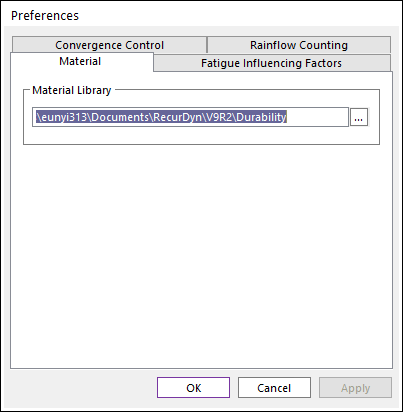
Figure 2 Material tab of the Preferences dialog box
Fatigue Influencing Factors
The fatigue influencing factors are related to the various user-defined fatigue concentration factors that are used to adjust the S-N curves for fatigue calculations.
The user can define various fatigue concentration factors, including notch factor Kt, surface factor ms, dimension factor md, loading factor mt, and the combined factor of other mo.
“Overall Scale Factor” is used to scale the input stress/strain. RecurDyn/Durability will first multiply the stress (or strain) or stress history (or strain history) by this factor before any fatigue evaluations.
The following factors are shown below:
• : the component surface
factor
: the component surface
factor
• : the component size factor
: the component size factor
• : the component load factor
: the component load factor
• : other factor
: other factor
• : the stress
concentration factor or the strain notch factor
: the stress
concentration factor or the strain notch factor
•fs: the scale factor
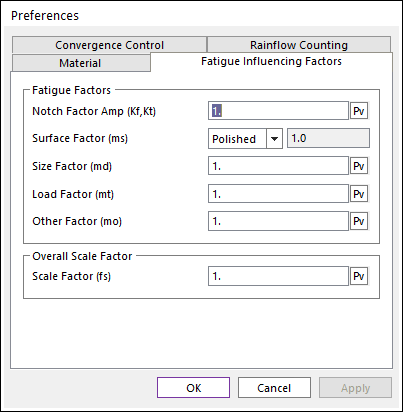
Figure 3 Fatigue Influencing Factors tab of the Preferences dialog box
Generally, a standardized rotating bend test (such as the R.R. Moore test) is used to determine a baseline S-N relationship for a polished specimen of approximately 6mm diameter loaded under conditions of fully reversed bending. At that time, the stress amplitude or the properties for S-N relation should be affected by all the modifications that come about in moving from a laboratory specimen to a component. But it is very important to remember that all the influencing factors are empirical, conservative and mostly only applicable to steels. These factors provide little or no fundamental insight into the fatigue process itself other than providing approximate trends. So, RecurDyn/Durability should apply them to calculate another mathematical relationship base on the defined life criteria. If you want to see more information related to the mathematical relationship about Fatigue Influencing factors, you should refer to the Theory of RecurDyn/Durability.
Convergence Control
The user can define the parameters for the Newton-Raphson method used to solve the Life equation. In this page, the user can control the Max number of iterations, initial value and absolute error.
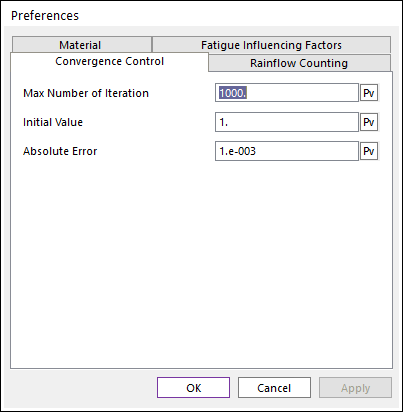
Figure 4 Convergence Control tab of the Preferences dialog box
Rainflow Counting
There are two parameters which can control the counting algorithm when performing the Rainflow Counting from the time history that the user defined. It will be useful to apply these options in order to reduce the processing time for the Rainflow Counting when there are a lot of time history data. However, if you want to use the original time history data, it will be recommended not to modify these options.

Figure 5 Rainflow Counting tab of the Preferences dialog box
•Peak-Valley: Defines the tolerance used to eliminate the insignificant cycles. When the value is set to “0”, all peak-valleys are retained for Rainflow Counting. When the value is set to “1”, only the largest peak-to-valley cycle is kept. Generally, a value between 0 and 1 is recommended.
This option attempts to remove data which are little and insignificant on the life prediction. If you set 0.5 in this option, the range between a peak and a valley which is less than 50% of the maximum range of all of time history data will be removed before performing the Rainflow Counting.
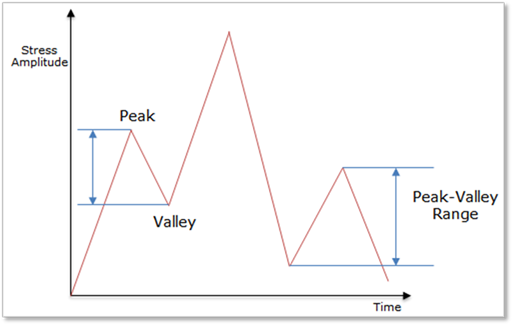
Figure 6 Peak – Valley of stress time history
•Number of Ranges: Determines the number of the stress/strain range and the mean stress/strain. When performing the Rainflow Counting after calculating fatigue results, the users can define the number of the Range and Mean in a chart as shown below figure 7.
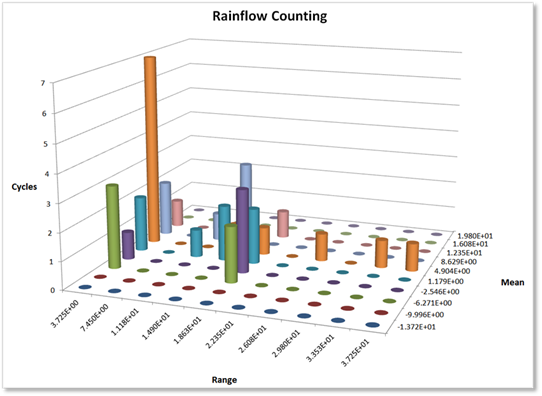
Figure 7 The results of Rainflow Counting